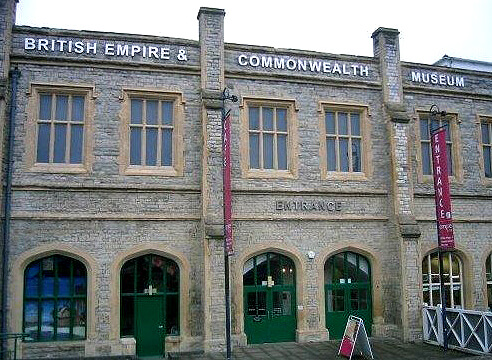British Empire and Commonwealth Museum
British Empire and Commonwealth Museum is temporarily closed, pending relocation to London.

Located in Bristol, the British Empire and Commonwealth Museum is a site that explores the history of the British Empire and how it impacted the world. While British colonial rule goes back centuries, the museum itself is just a few years old, having been founded in 2002.
The British Empire and Commonwealth Museum was founded in the old railway station in Bristol. This station is a great choice because of the railway’s station own historical value. It was, after all, the very first railway terminus in the world or at least the earliest among the surviving ones. The Bristol railway station was completed back in 1940. The railway’s significance is further felt through its having been nominated to become a National Heritage site. A nomination is certainly enough to show the importance of the site of the British Empire and Commonwealth Museum. It also helped that the railway spanned 220 feet (67 metres) long. Its renovation and eventual transformation into a museum cost as much as 8 million pounds. The cost is arguably worth it because it has given birth to a museum that is focused on the history of the British Empire.
After the railway became the museum that you know today, people are given a closer look at what the British Empire was able to contribute to the world’s formation and evolution. It was not only responsible for disseminating information through visual displays but also for publishing and distributing books about colonial life. An example of a book topic is the Northern Rhodesia police’s history. Anyway, you should expect more books about the British Empire and how it influenced the world. There ought to be a lot more topics that could spring out from that.

In 2008, however, the museum stopped its operations. There were plans to move the museum to London. As of now, however, that plan has yet to materialise. Unlike some of the other national museums in England, the British Empire and Commonwealth Museum did not have public funding. Because of this, the museum’s management had to charge visitors who wanted to see the displays.
Hopefully, the museum would reopen. The same venue would have been perfect as the selection was done very carefully. However, if it were to transfer its operations in London, it could at least find a niche that it would fit right in as the city is already filled with museums and other culturally-relevant sites.